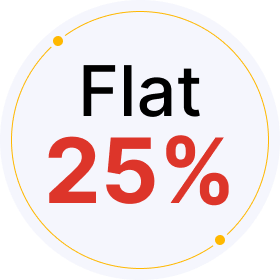
- Blockchain Council
- February 20, 2025
The partnership between humans and artificial intelligence (AI) is changing industries. It speeds up processes, sparks creativity, and improves decision-making. To get the most out of this teamwork, we need to explore research findings, real-world uses, and strategies that make human AI collaboration successful.
What Is AI-Human Collaboration?
AI-human collaboration happens when both sides work toward common goals. AI is great at handling large amounts of data and automating repetitive work. Meanwhile, humans bring creativity, instinct, and emotional understanding. By combining these strengths, they solve problems in ways neither could alone.
Building AI That’s Transparent and Accessible
For AI to be useful, people need to trust how it works. That means making systems easy to understand and access. Thinking Machines Lab, founded by Mira Murati (former CTO of OpenAI), is working on this. The company shares technical research, insights, and code to create more open AI models. Their team includes experts from major tech companies, all working to improve how humans and AI can work together.
Real-World Examples of AI-Human Collaboration
AI in the Fast-Food Industry
Wendy’s is transforming its drive-thru experience with AI. The company introduced FreshAI, an advanced voice assistant developed with Google Cloud. This system takes orders and ensures accuracy across multiple U.S. locations. With AI handling routine interactions, employees can focus on customer service and complex requests.
By the end of 2025, Wendy’s plans to expand this AI-powered ordering system to over 500 locations. This example shows how humans and AI can work together to improve efficiency without replacing human workers.
AI in Entertainment and Content Creation
AI is helping creators generate high-quality content at record speed. Adobe has developed an AI-powered video generator in partnership with filmmakers and advertisers. This tool allows content creators to automatically produce high-resolution clips, reducing the time and effort required for manual editing.
Instead of replacing human creativity, this technology supports filmmakers by handling repetitive editing tasks. This allows directors, producers, and designers to focus on storytelling and artistic vision.
AI in Business Operations
AI-Powered Digital Colleagues
Companies are using AI to handle routine work, freeing employees to focus on strategic decisions. Workday, a leader in enterprise software, introduced AI agents designed to assist with payroll processing, financial auditing, and contract management.
These AI-powered digital colleagues operate alongside human employees, ensuring higher accuracy in financial records. With AI managing data-heavy tasks, teams can dedicate more time to complex decision-making and creative problem-solving.
AI in Customer Service
AI-driven voice assistants and chatbots are transforming customer interactions. Many businesses now rely on AI systems to handle basic queries, allowing human representatives to focus on complex cases that require empathy and problem-solving skills.
For instance, FreshAI in Wendy’s drive-thru isn’t just about speed—it ensures higher accuracy in orders. By reducing mistakes, it improves customer satisfaction while giving staff more time for personalized service.
AI’s Role in the Creative Arts
Choreorobotics
Artists are using AI to push creative boundaries. Catie Cuan, an artist-in-residence at San Francisco’s Exploratorium, is pioneering a concept called “choreorobotics.” She is developing a soft, flexible robot that dances alongside human performers.
Her goal is to create robots that move naturally, blending robotic precision with human expression. This project highlights how humans and AI can work together to transform artistic performance.
AI-Generated Art and Auctions
AI is making waves in the art world. Botto, an AI-driven art program, has created over 150 artworks, selling more than $5 million at auctions. The AI generates images weekly, while a community of human curators votes on the best pieces.
This model redefines how art is created, showing that AI can collaborate with people rather than replacing them. The success of AI-generated art challenges traditional notions of authorship and artistic creativity.
AI’s Impact on Healthcare
AI-Assisted Medical Diagnostics
AI is improving diagnostic accuracy in medicine. During the COVID-19 pandemic, hospitals used Qure.ai’s AI-powered chest X-ray tool, qXR, to assess patients. This system helped doctors quickly determine infection severity, ensuring faster treatment decisions.
Beyond COVID-19, this AI tool detects lung conditions, making it a valuable asset in radiology and emergency care. A 2025 Reuters report found that AI-generated surgical reports were more accurate than those written by doctors. AI systems analyzed surgery footage and created precise documentation, reducing mistakes in patient records. AI-powered virtual therapists are also gaining popularity, offering mental health support through interactive programs.
AI in Personalized Medicine
AI is playing a key role in personalized healthcare. Researchers from IIT Madras and the Translational Health Science and Technology Institute developed an AI model called Garbhini-GA2.
This tool helps estimate fetal age with high accuracy, especially in Indian hospitals. By providing more precise gestational age assessments, AI is improving prenatal care and reducing medical errors.
AI and Robots in Different Fields
AI is improving robotics, making machines more helpful in daily tasks. Apptronik, an Austin-based company, has developed humanoid robots like Apollo. These robots assist in warehouses, healthcare, and elder care by handling physically demanding work.
AI in Education
Schools and universities are testing AI for better learning experiences. Students at MIT have developed projects exploring new ways to interact with AI. One project replaces touchscreen interfaces with physical controls, encouraging deeper engagement with technology. These innovations help people understand AI more intuitively.
How to Improve AI-Human Collaboration
Encouraging AI as a Team Player
Research from Atlassian’s Teamwork Lab shows that businesses that treat AI as a teammate achieve better results. Encouraging employees to work alongside AI can lead to more innovative and effective solutions.
Using AI Where It’s Most Useful
Studies suggest that AI-human teams succeed when tasks are assigned based on strengths. AI is best at analyzing large datasets, while humans excel at decision-making and creativity. Balancing these roles leads to better outcomes.
Designing AI That’s Easy to Use
For people to work well with AI, they need to trust how it makes decisions. Companies like Thinking Machines Lab are making AI more transparent by sharing research and allowing customization. This helps users feel more confident when working with AI.
Training Employees to Work With AI
Workers need skills to use AI effectively. Many companies are introducing training programs to help employees adapt. Learning how to use AI tools can make workplaces more efficient and productive.
Creating Ethical AI Guidelines
As AI becomes more common, ethical concerns grow. Privacy, fairness, and accountability need clear rules. Businesses, researchers, and governments are working on guidelines to ensure AI is used responsibly.
The Future of Human-AI Collaboration
Experts believe AI will play a larger role in various industries. Leaders at Workday predict that by 2025, AI will be deeply integrated into business operations. As AI advances, humans will need to focus on skills like creativity and emotional intelligence to complement AI’s abilities.
Research on AI-Human Teams
A 2024 MIT Sloan study analyzed over 100 human-AI collaboration experiments. It found that AI-human teams performed worse in certain decision-making tasks but excelled in creative projects. This suggests that human AI collaboration works best when AI handles data-heavy tasks while humans bring insight and originality.
The Importance of Explainable AI
A study in Scientific Reports showed that when AI provides clear explanations for its decisions, humans collaborate better with it. Workers using AI that explained its reasoning could correct 96.9% of incorrect AI predictions. This highlights the importance of making AI easy to understand.
Final Thoughts
AI and humans working together can improve industries, increase efficiency, and boost creativity. By focusing on transparency, training, and ethics, we can make human AI collaboration more effective. AI should be a helpful partner, not a replacement. The future will depend on balancing AI’s strengths with the unique qualities that only humans can provide.

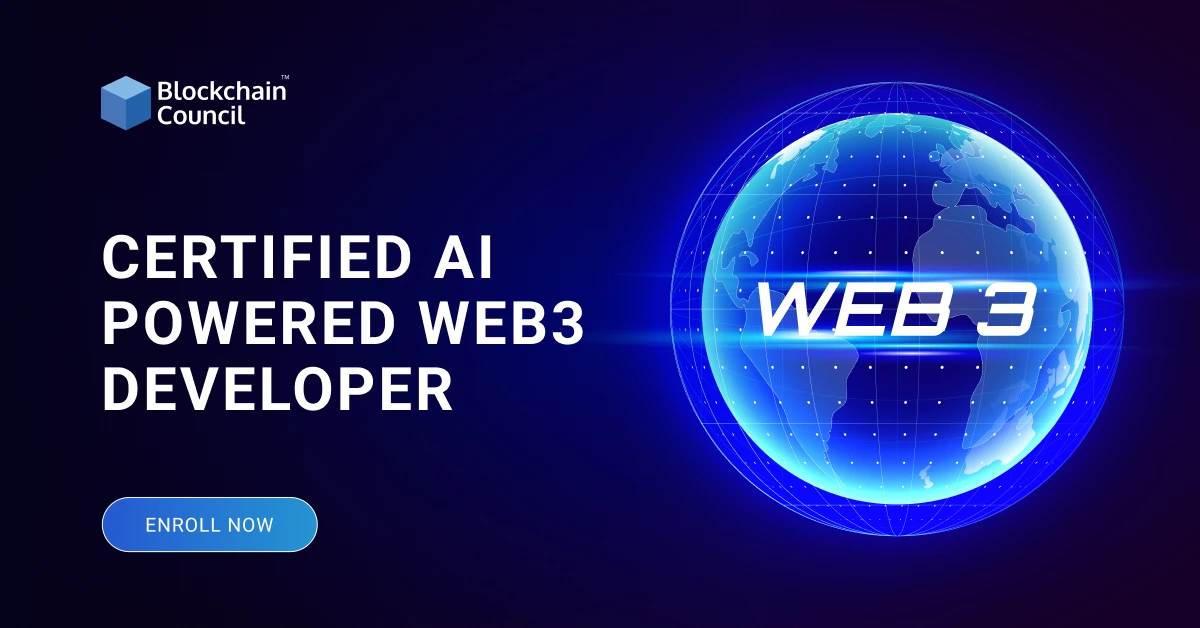


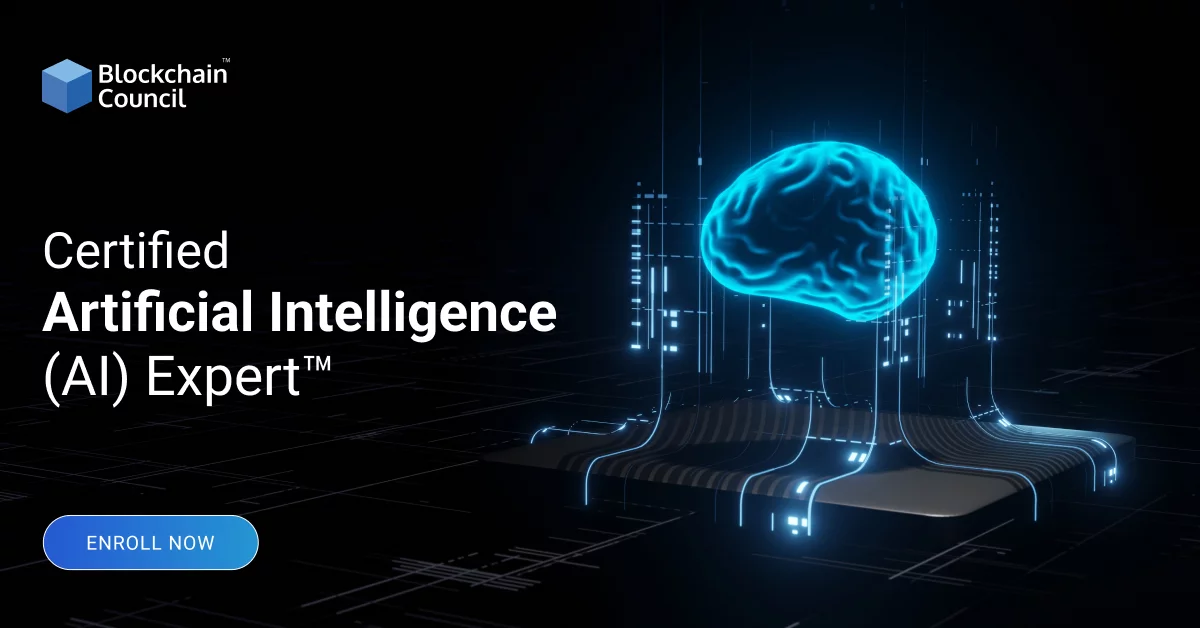
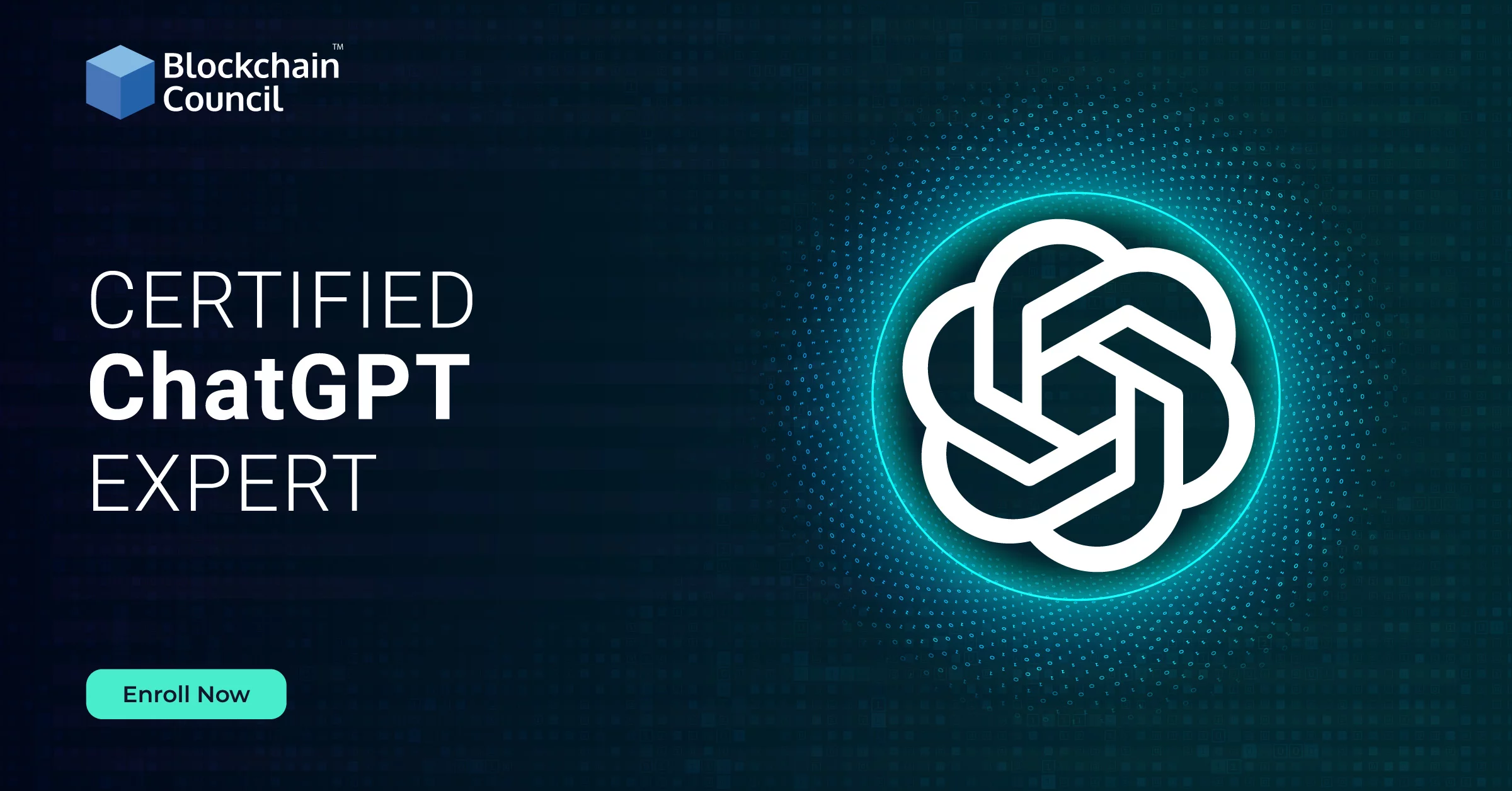
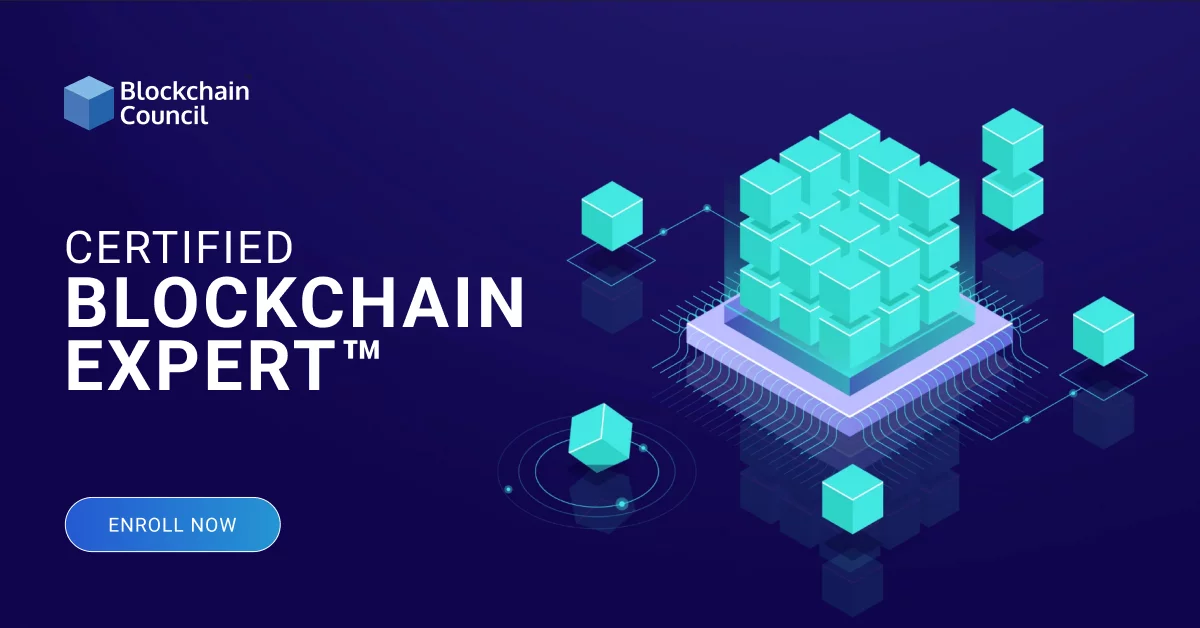



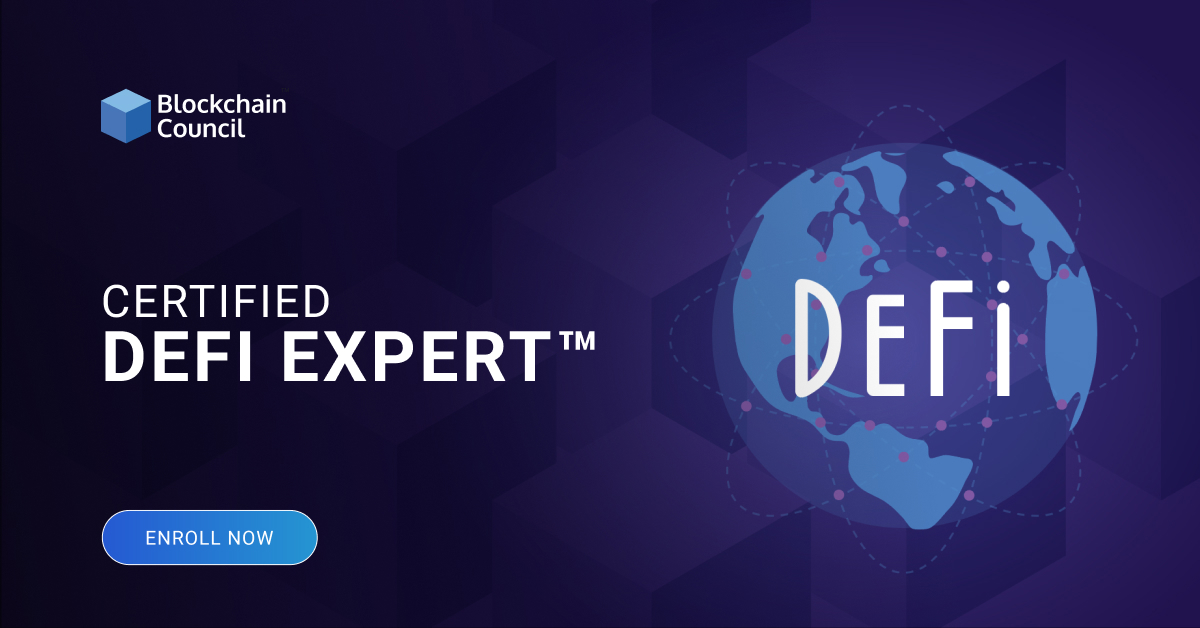



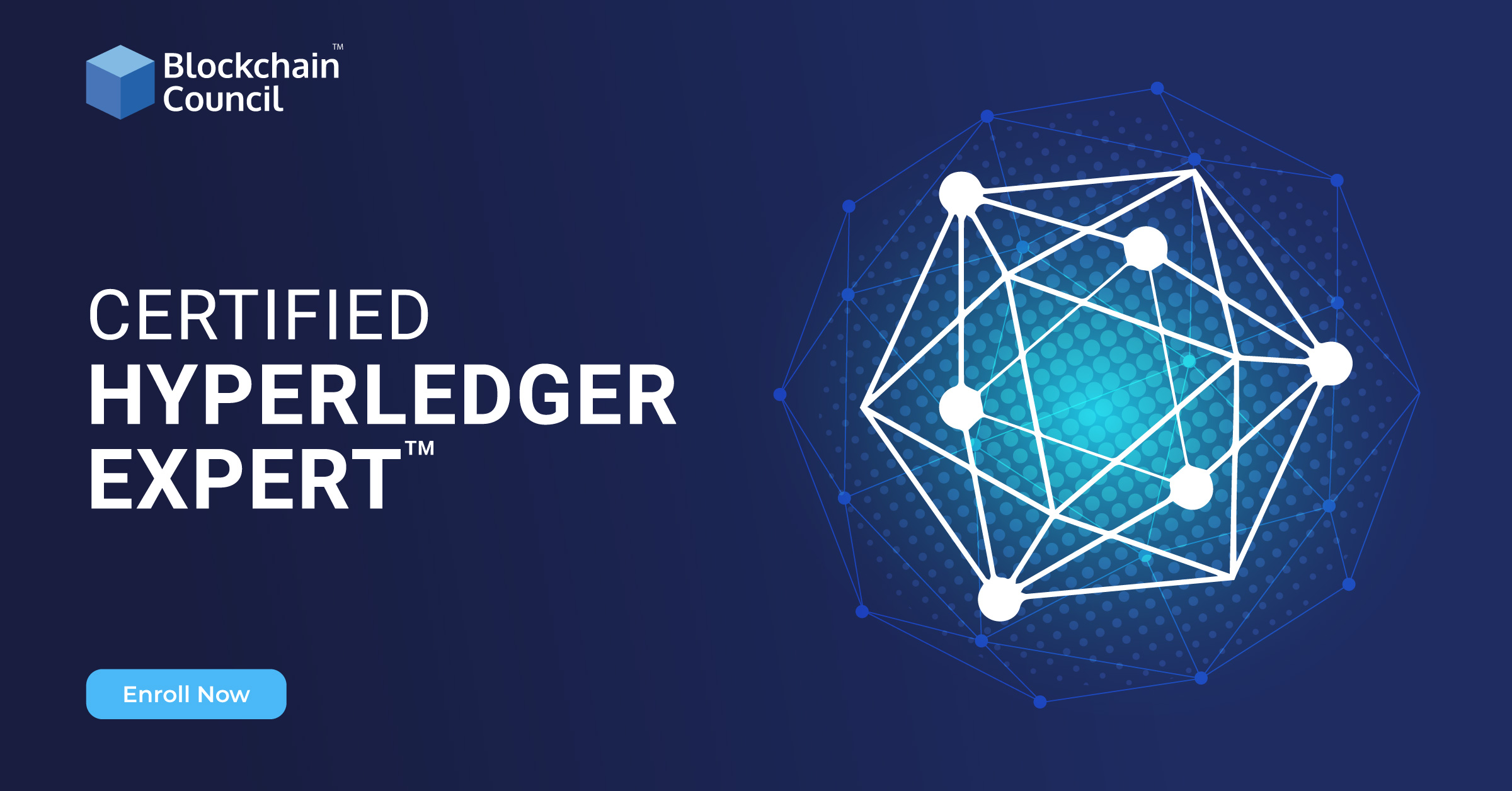

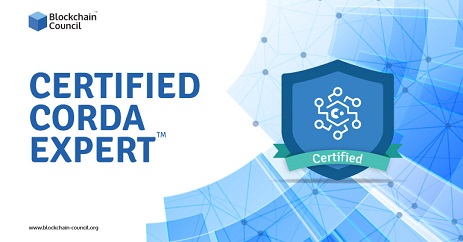




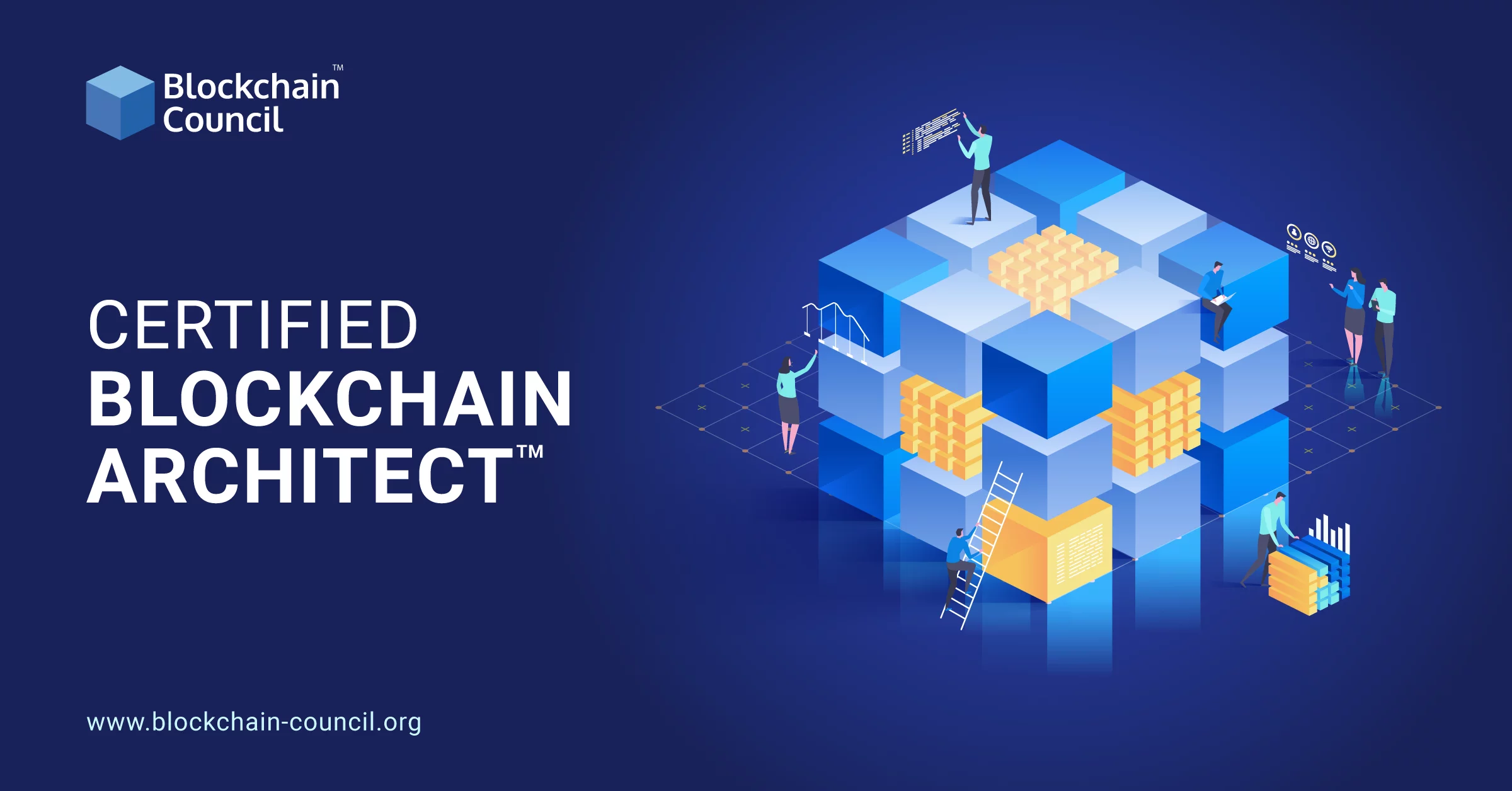




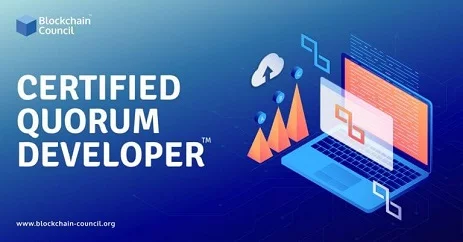
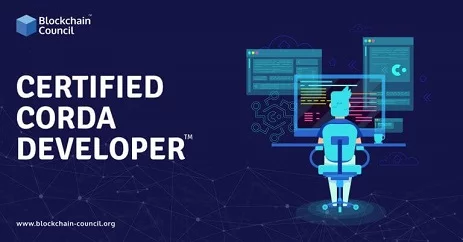

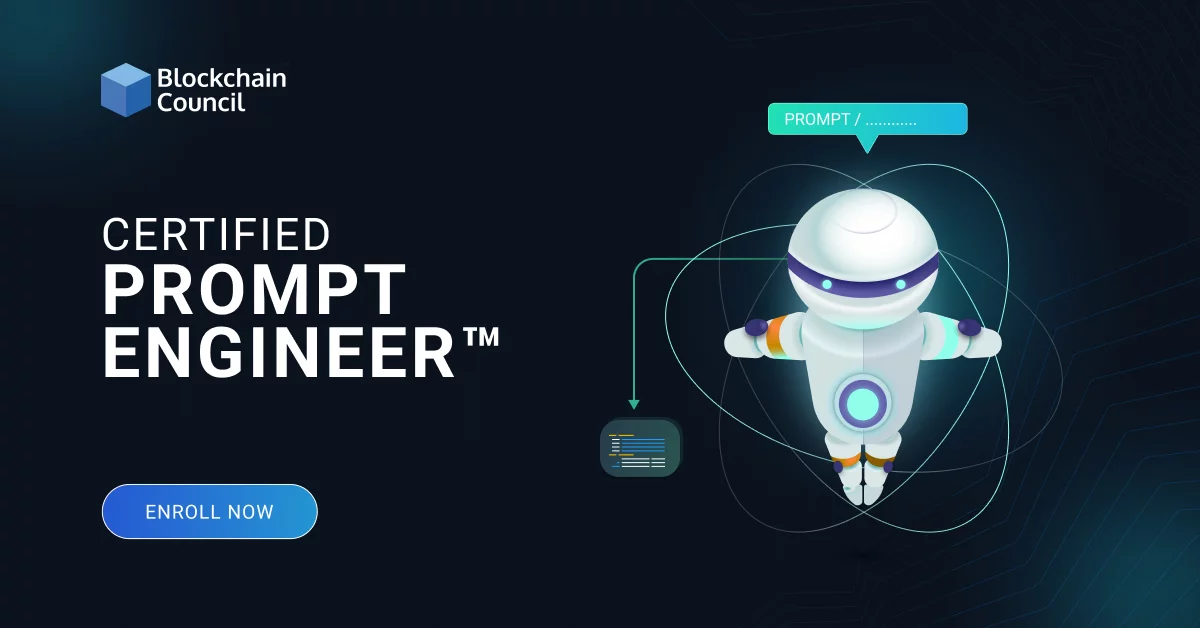
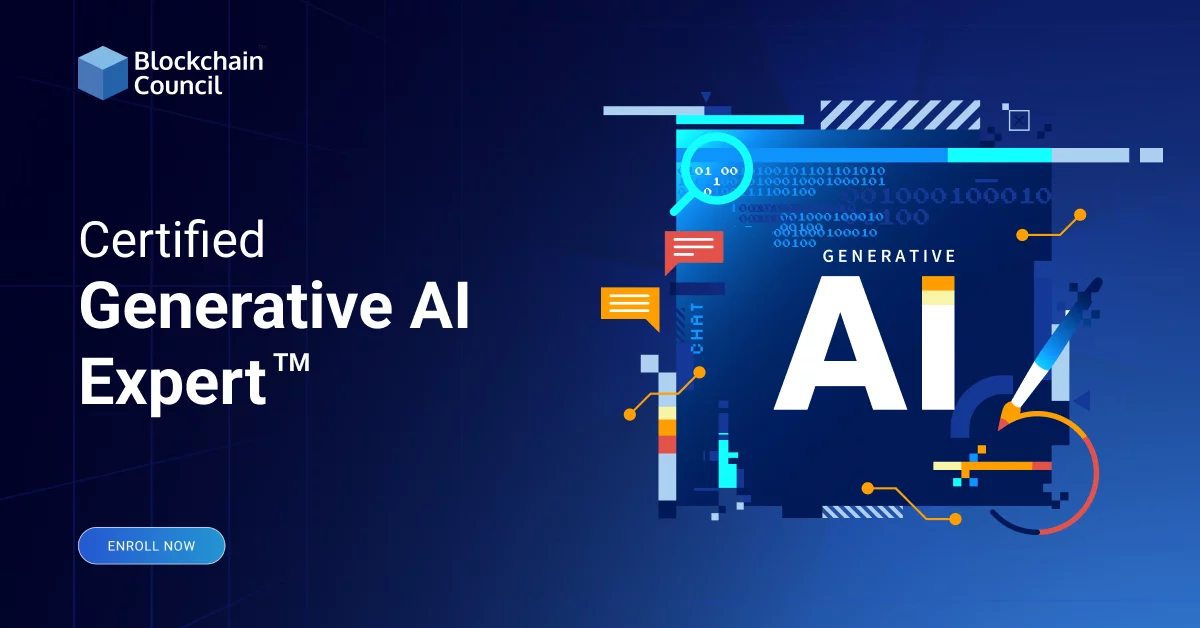
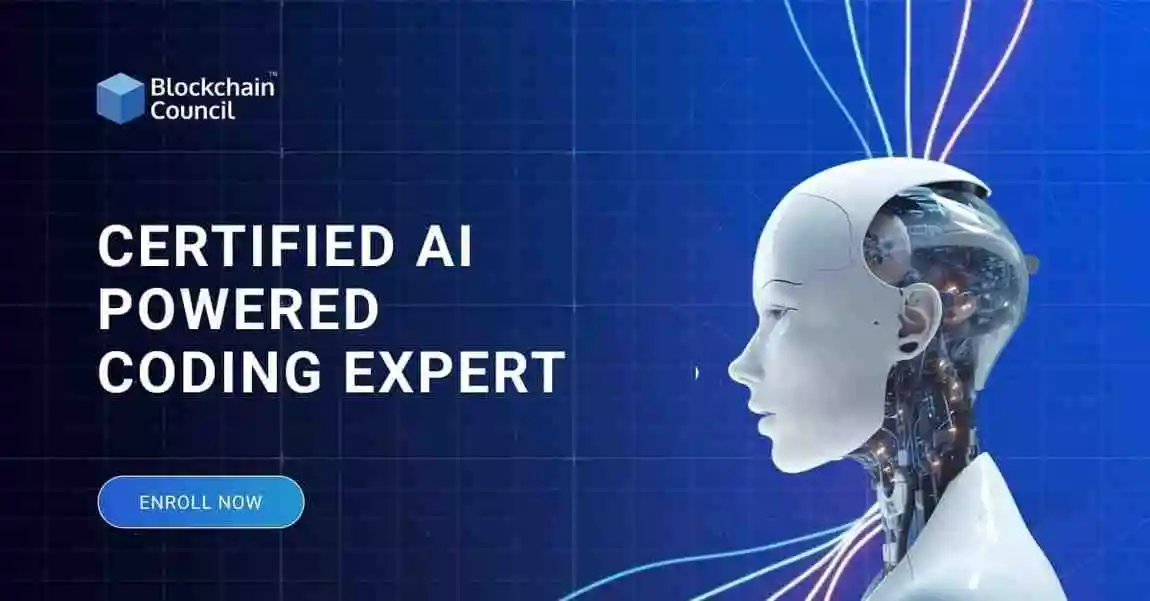
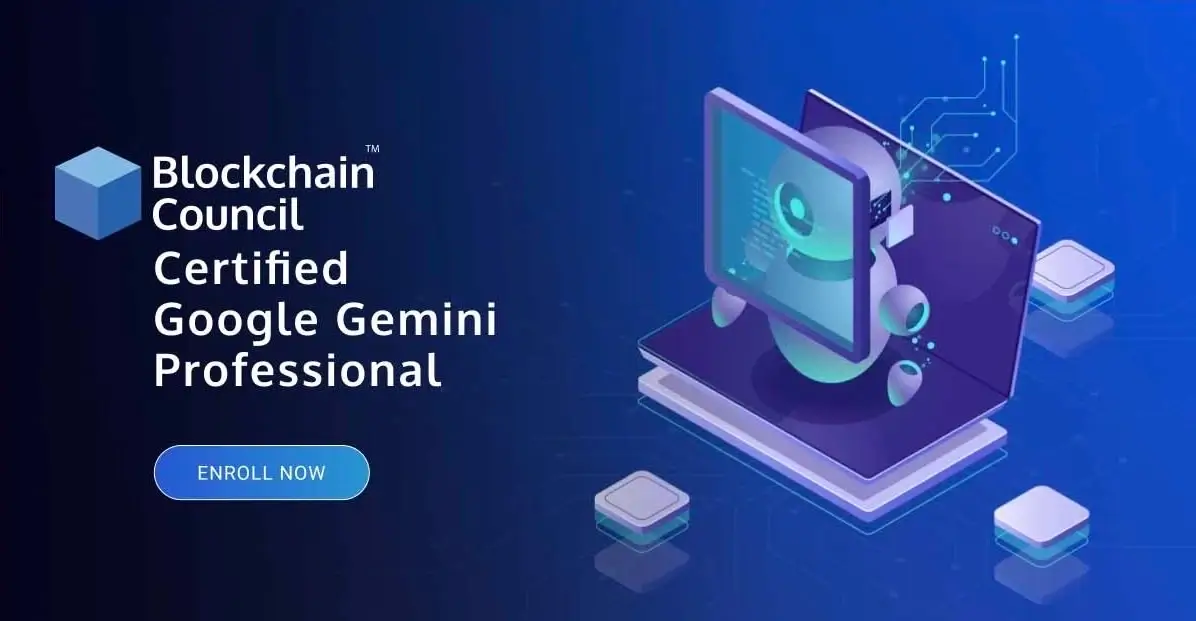
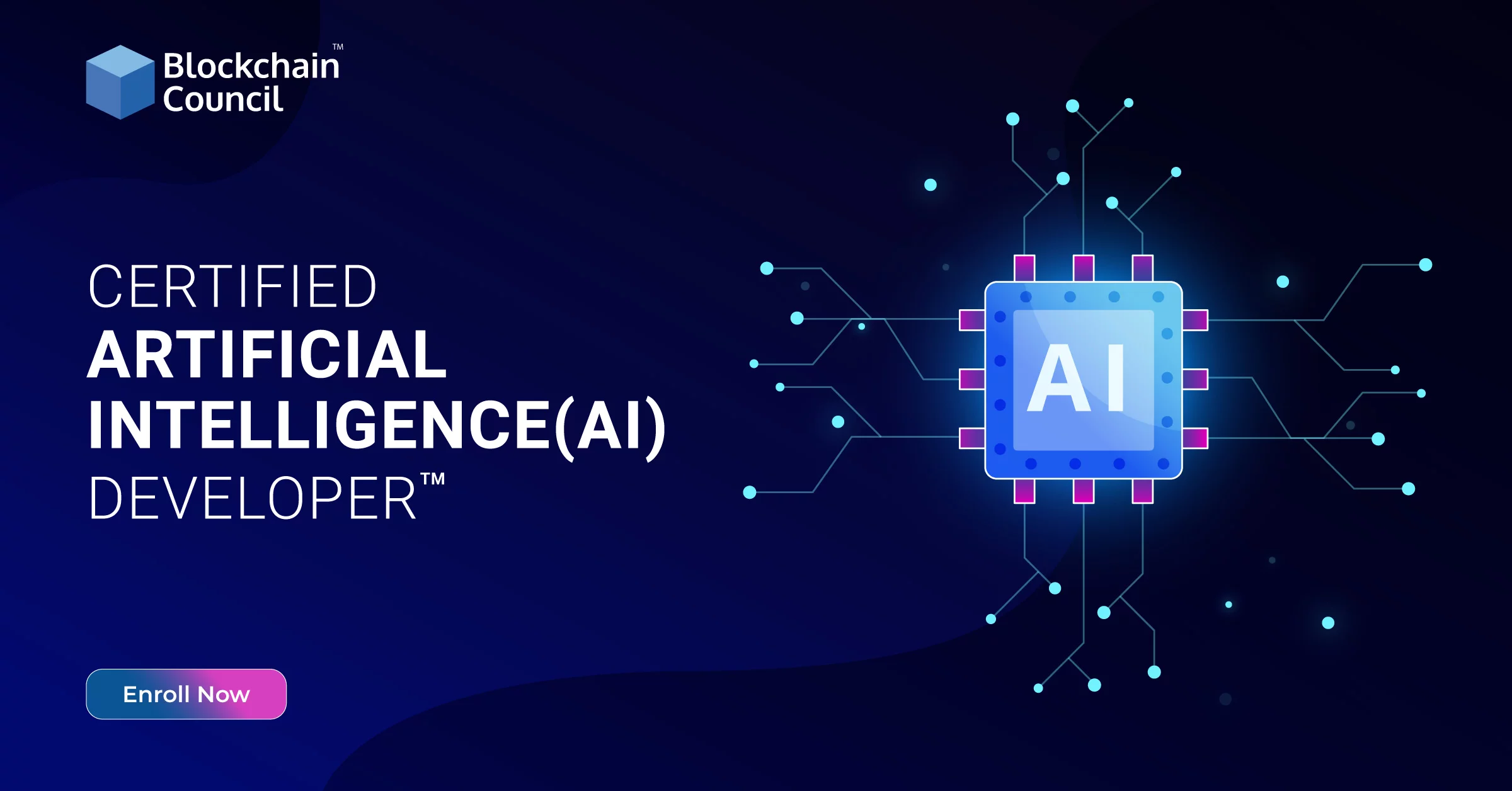
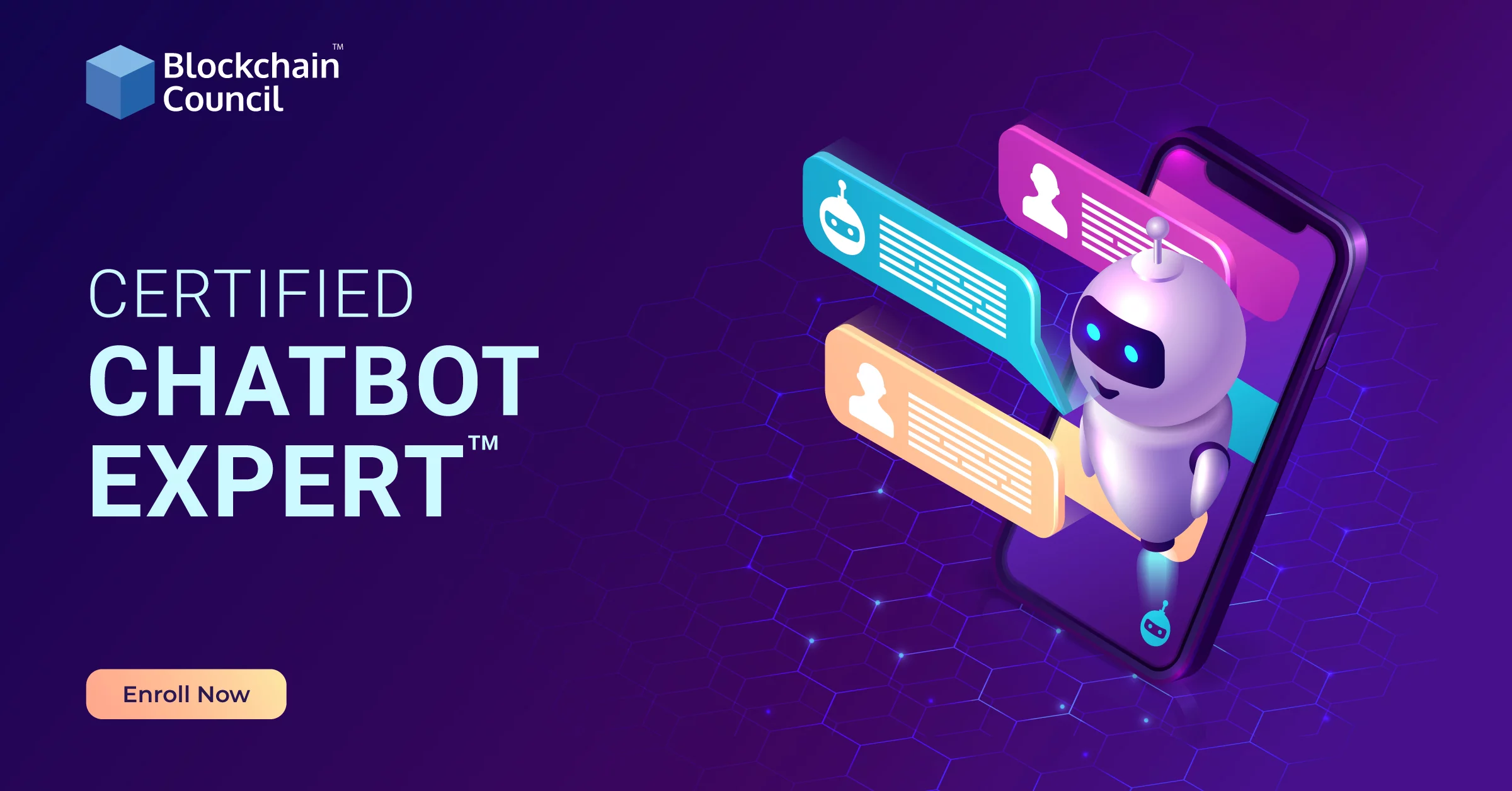

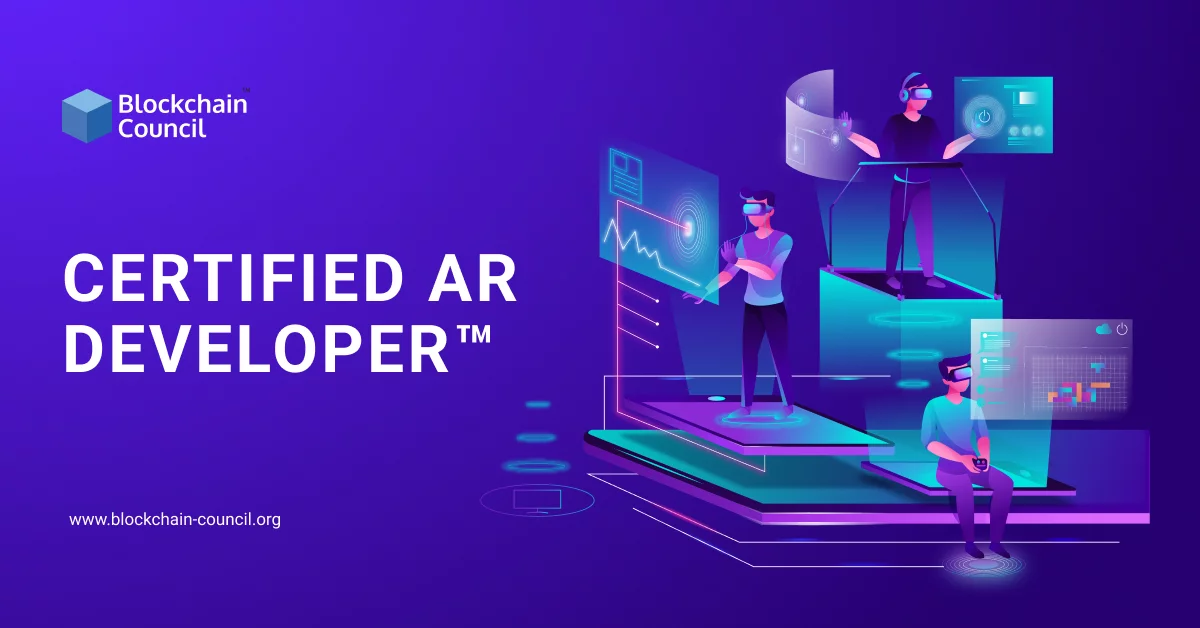
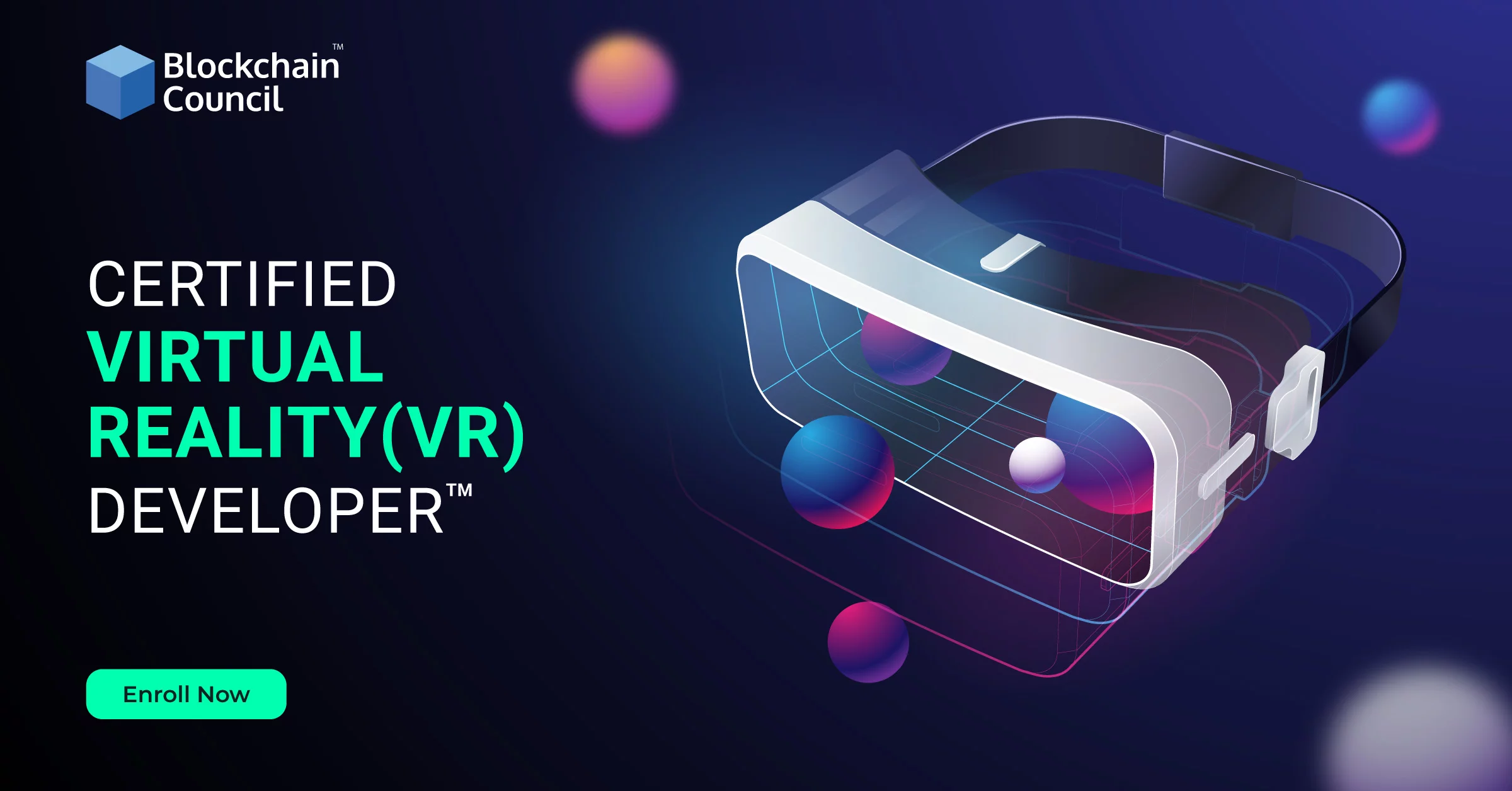
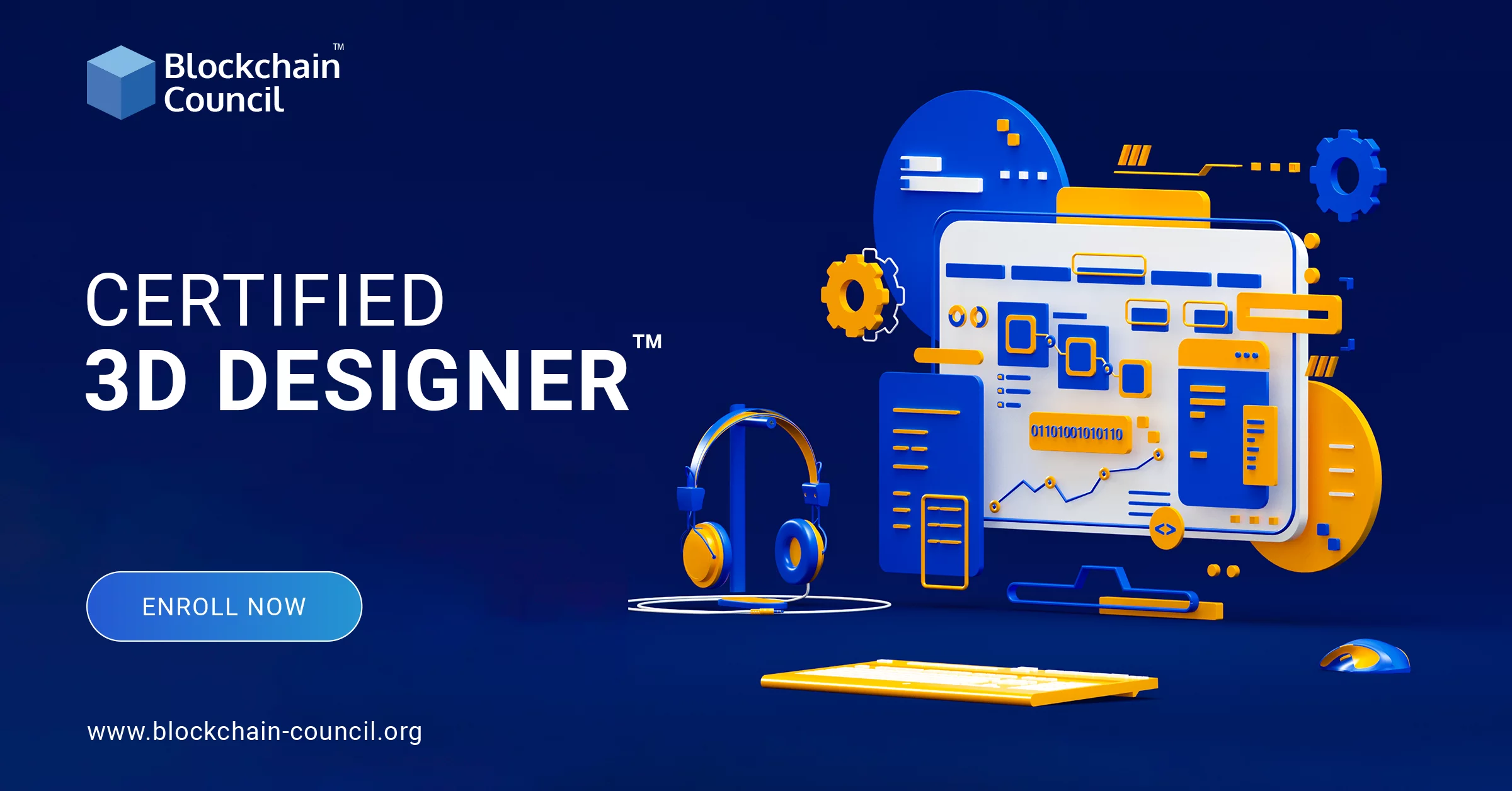
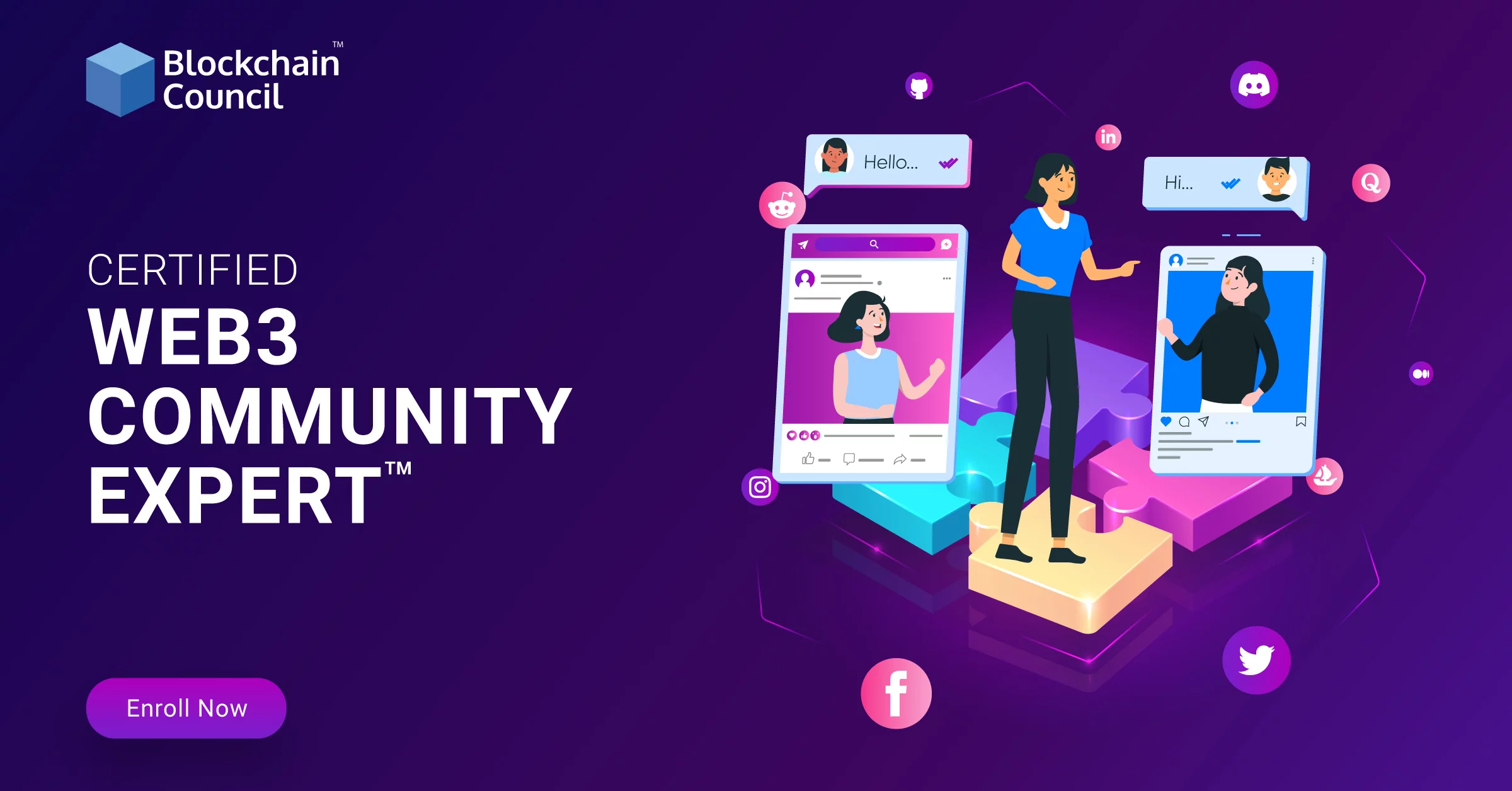
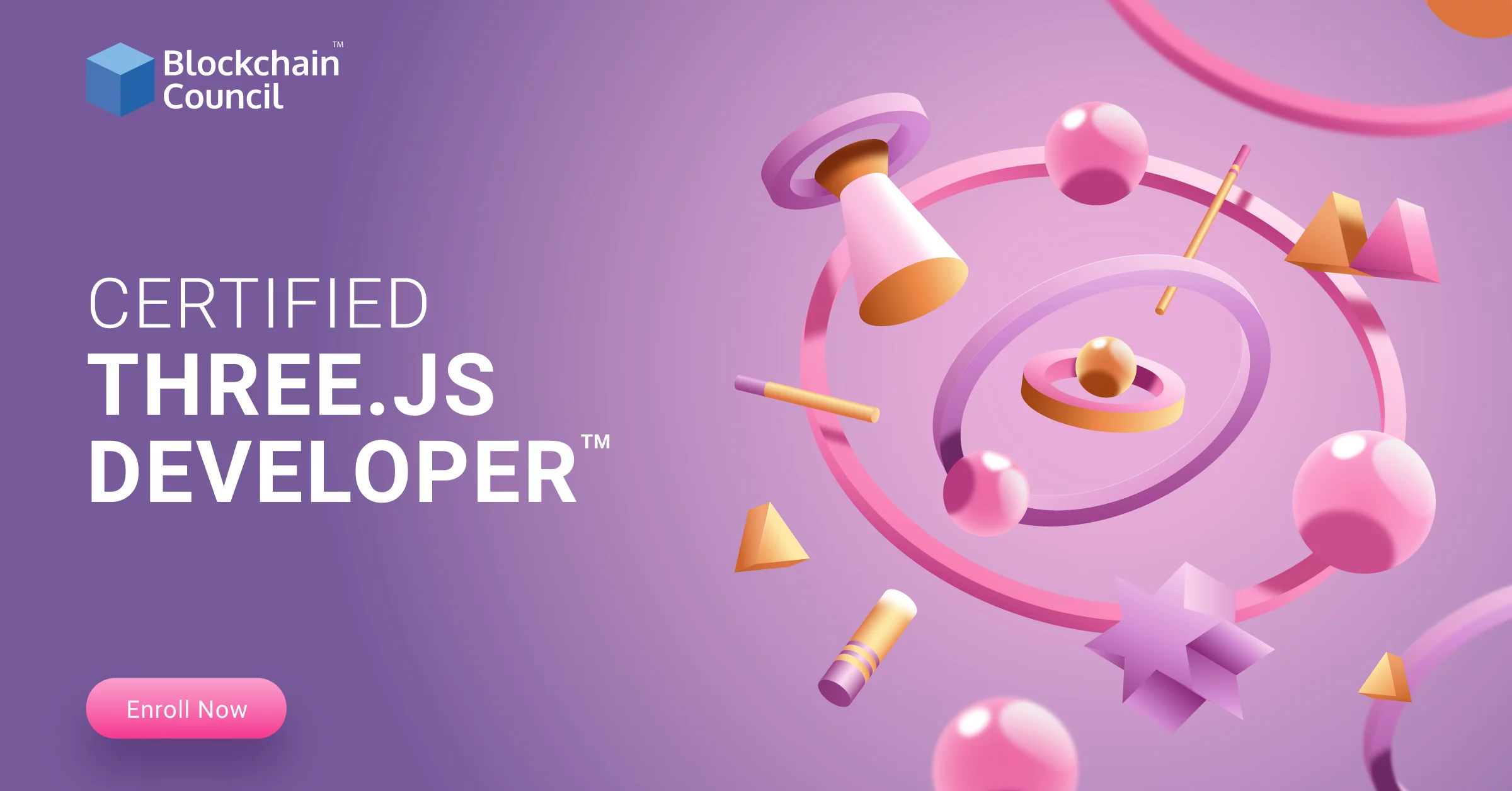
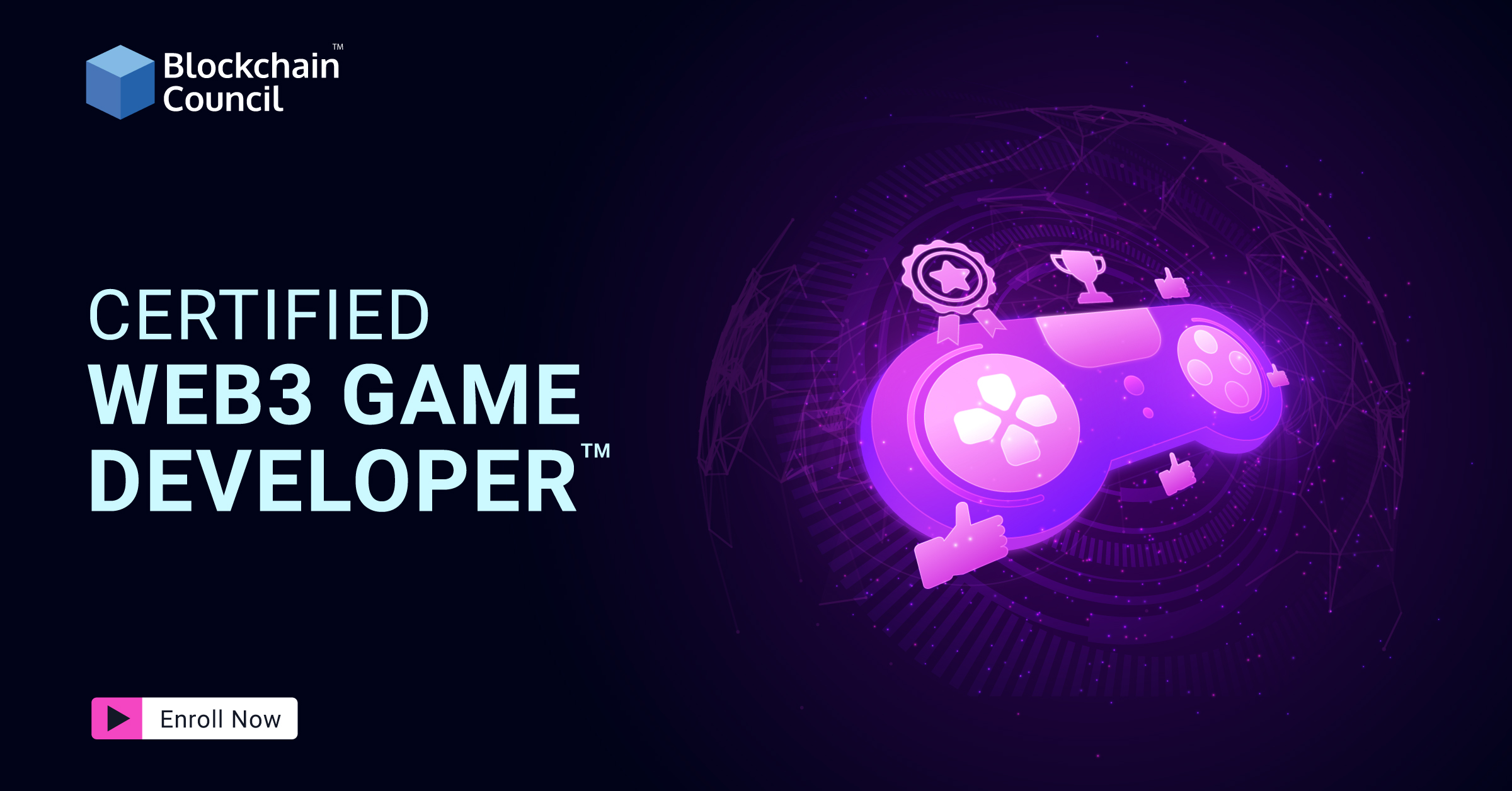
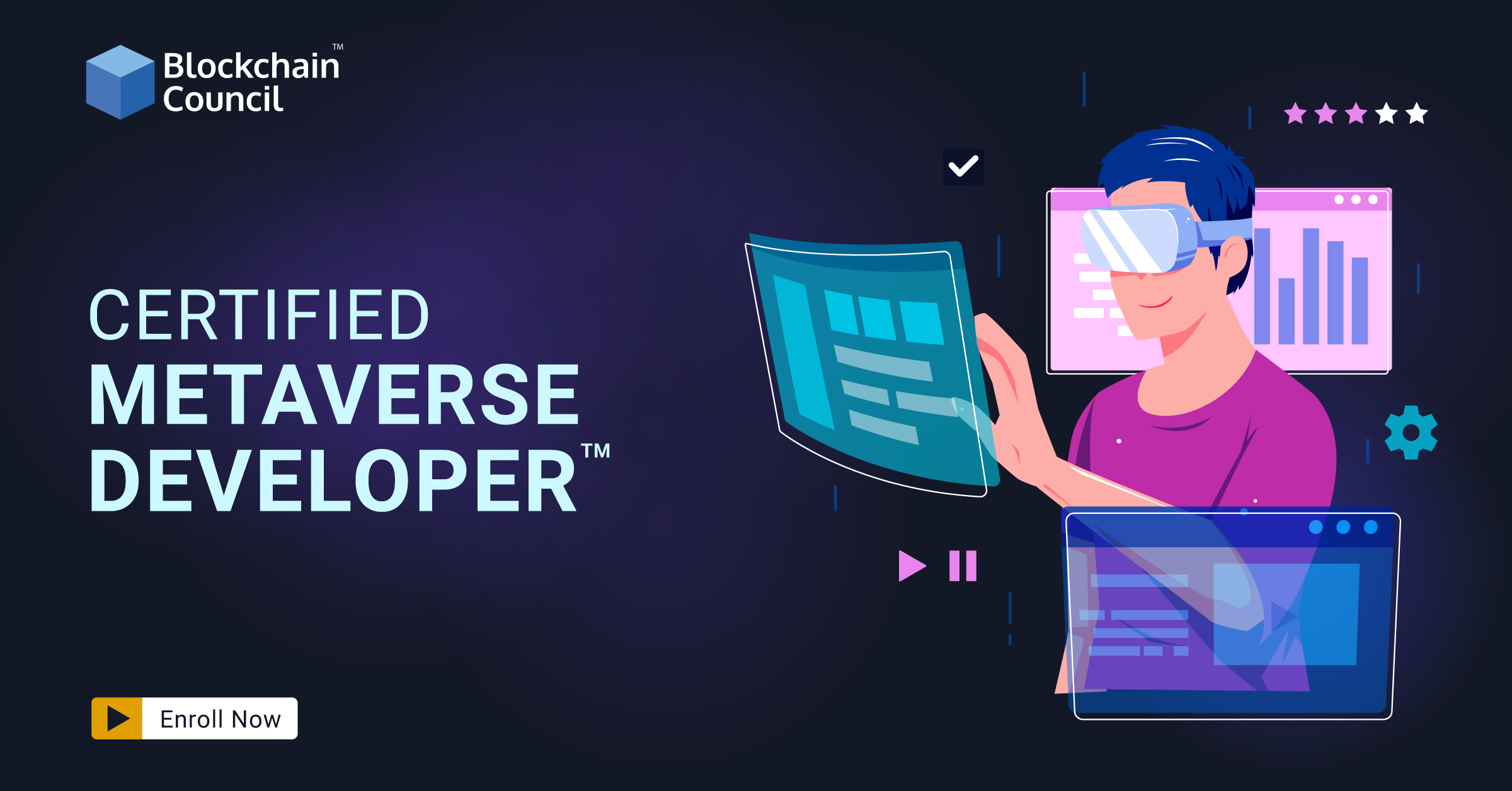
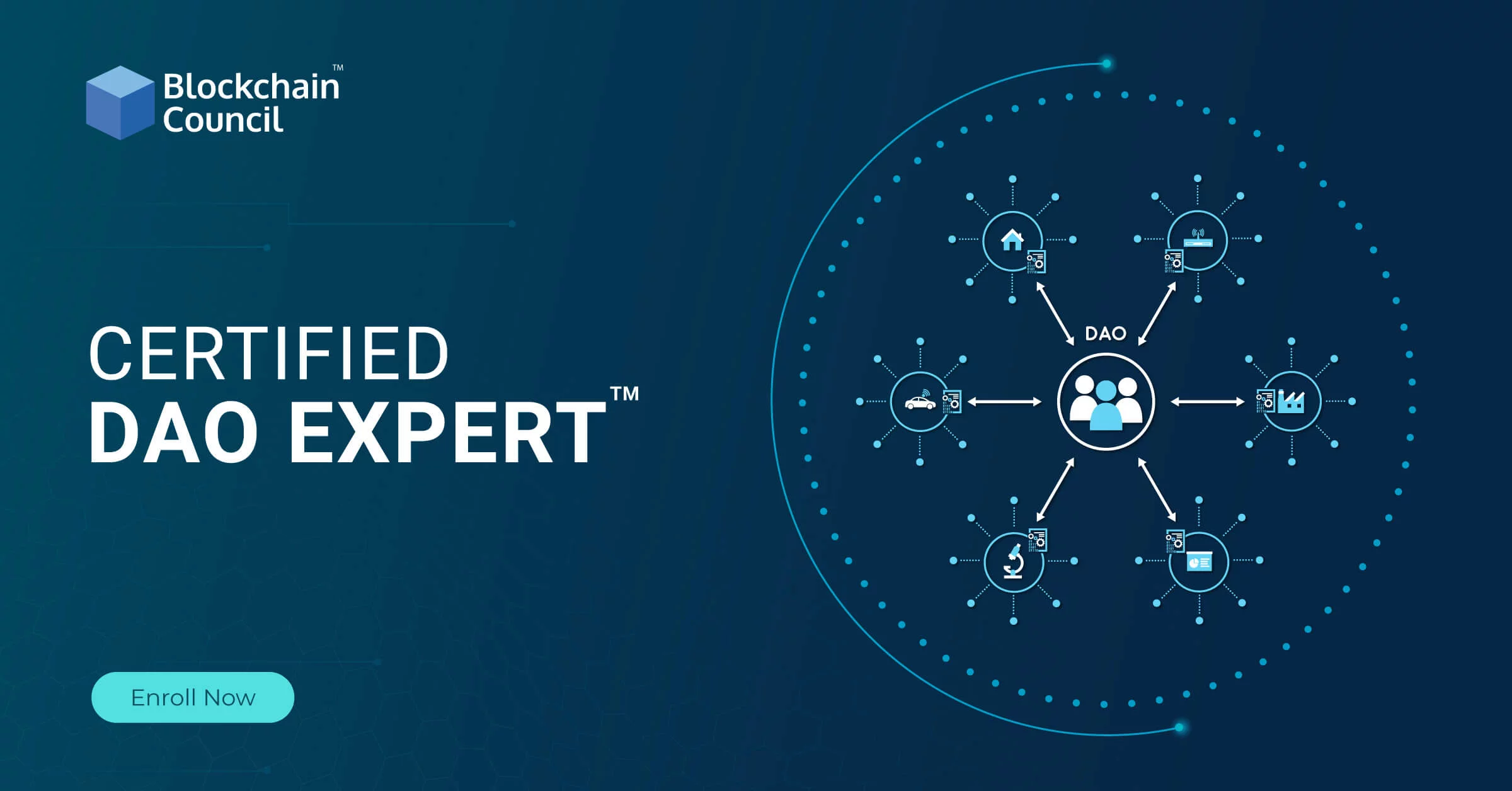

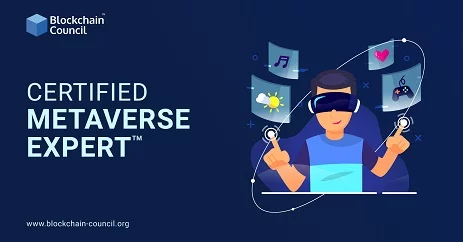
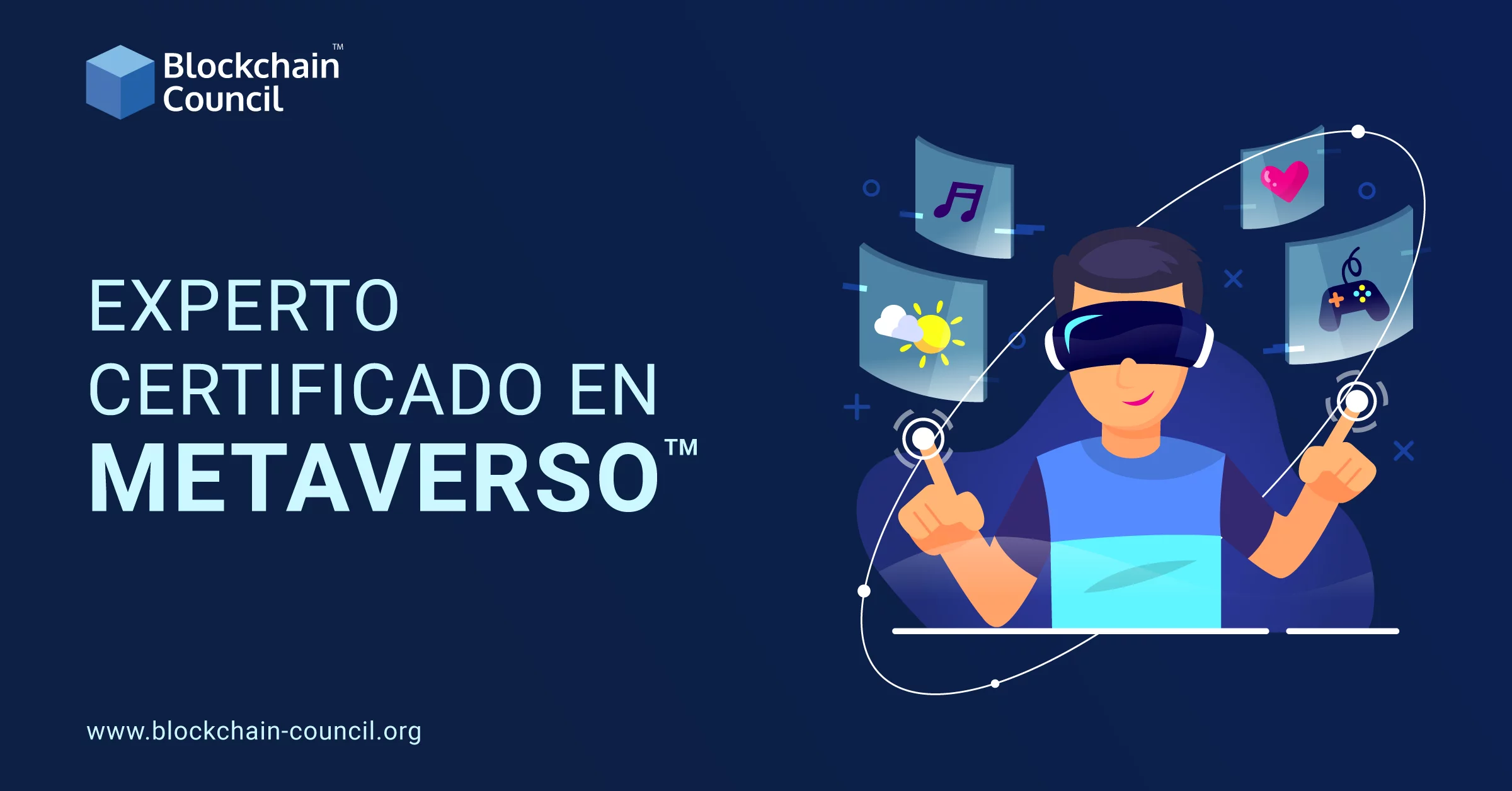



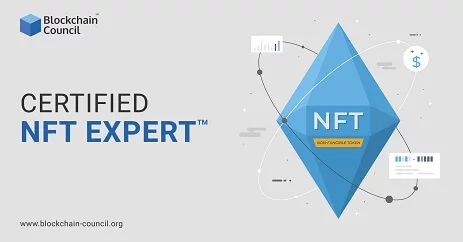

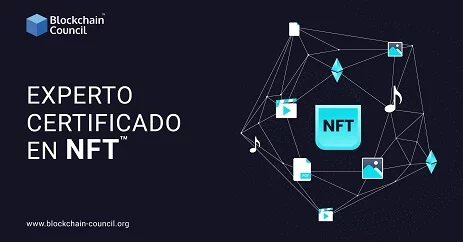










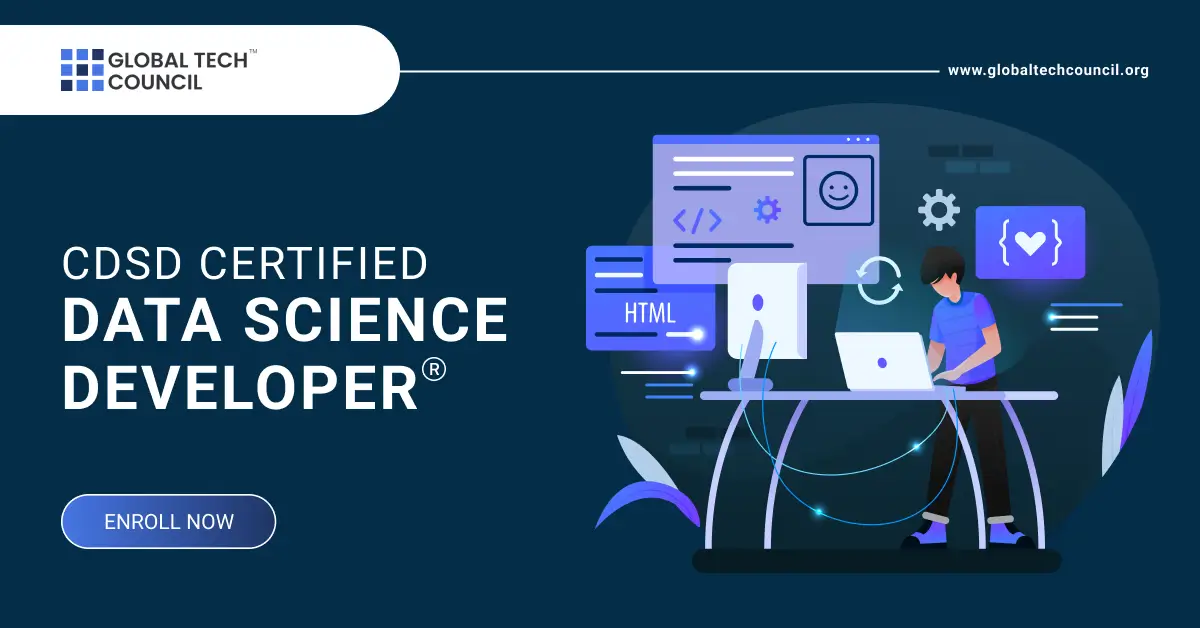


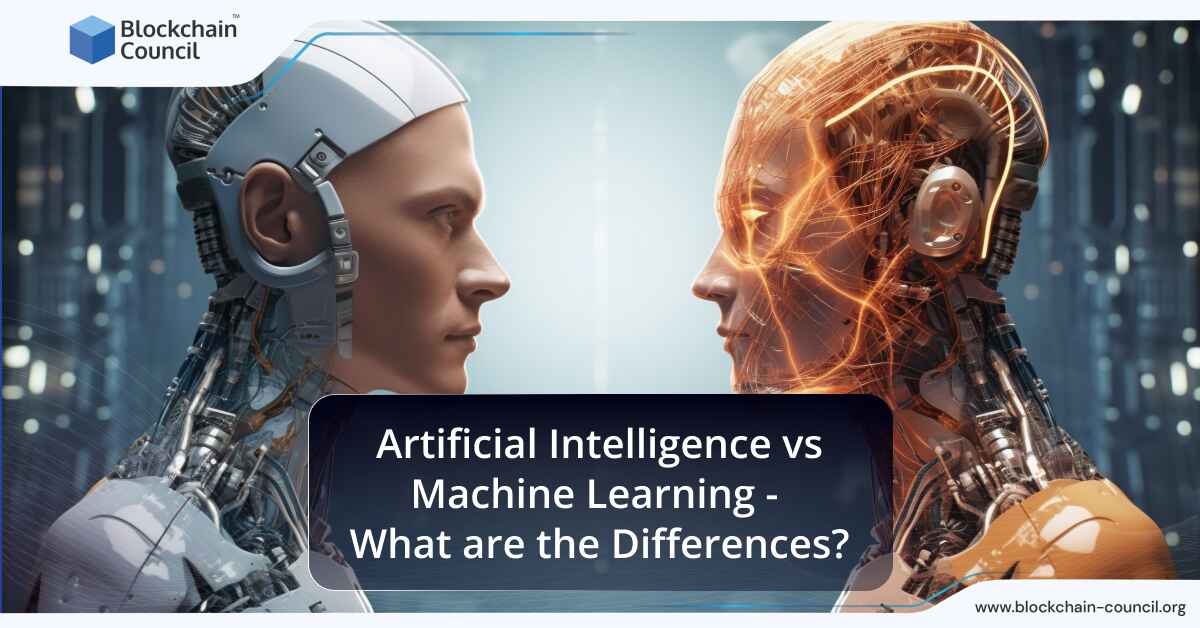

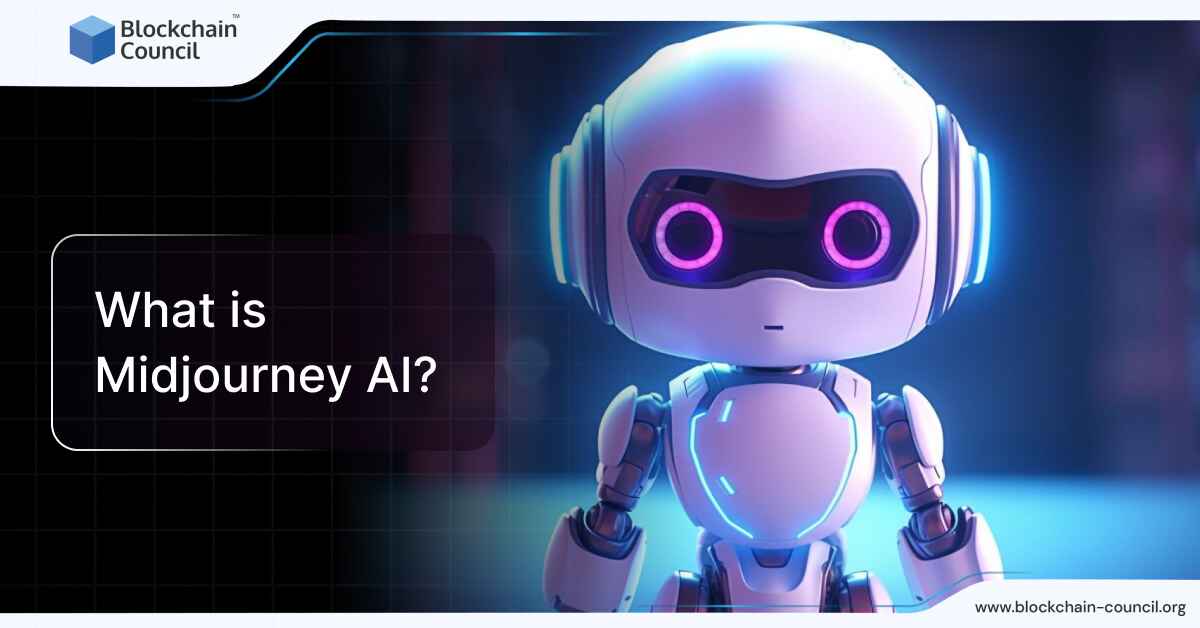
 Guides
Guides News
News Blockchain
Blockchain Cryptocurrency
& Digital Assets
Cryptocurrency
& Digital Assets Web3
Web3 Metaverse & NFTs
Metaverse & NFTs